HORI Fighting Commander OCTA (PS5) review: Wired to win
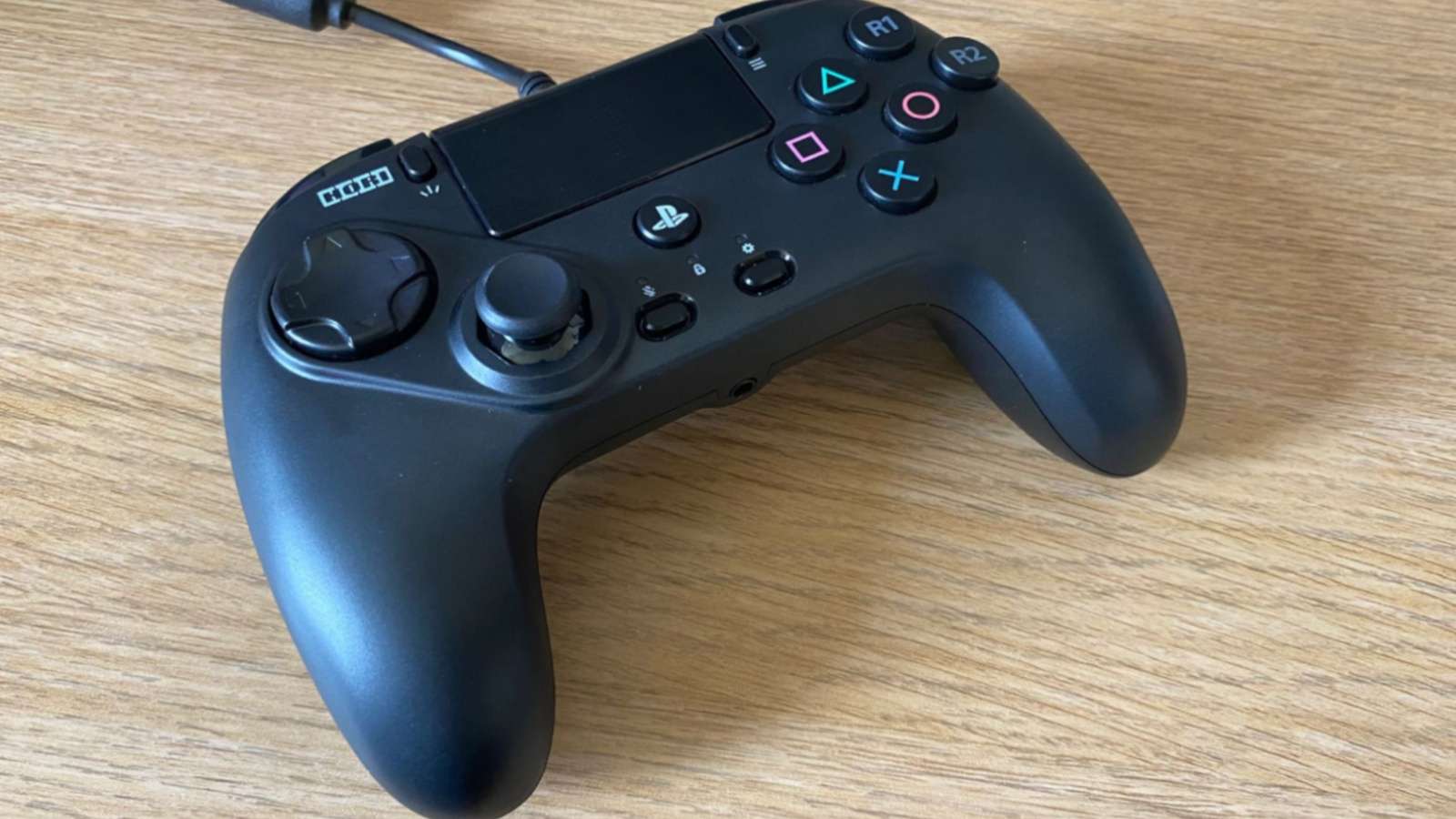 Dexerto
DexertoThe HORI Fighting Commander OCTA is the latest in the Fighting Commander line of products by HORI, we put the latest PS5 model through its paces, to see if it will lead you to victory in your favorite fighting games.
HORI is no stranger to making controllers and joysticks, they’ve been doing it for over 20 years. But, with a new generation of fighting games with Street Fighter 6 and a new Tekken title in the works, you might want to arm yourself with a new controller, specifically made for the Playstation 5 console, without having to rely on converters.
Key specs
- Weight: 250g
- Connectivity: USB-A
- Compatibility: PS5, PS4, PC
- Price: $59.99
- Features: Eight-way joystick with Octagonal gate, tactile buttons, tournament lock functions, adjustable dead zones, six-button layout, 3.5mm headphone jack, adjustable D-pad sensitivity.
- Where to buy: Amazon
Included in the box: HORI Fighting Commander OCTA
Design
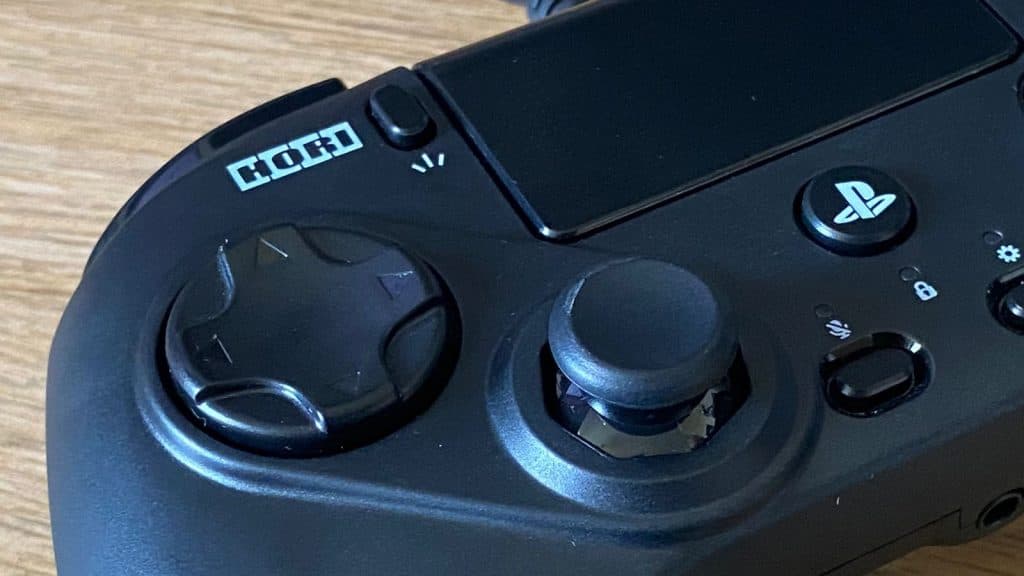 Dexerto
DexertoAs soon as you take it out of the box, you can tell that the HORI Fighting Commander OCTA was built for tournament use. There are no RGB lights, or fancy bells and whistles in the box, instead, you’re presented with a controller outfitted with a matte black design, and some handy functions to assist in tournament use and for usability, with great build quality that never felt cheap.
Where the Fighting Commander OCTA differs from previous HORI Fighting Commander products is in the two grips that are just out of the bottom. To many, it looks like another normal-looking controller. But, for the seasoned fighting game fans, you’ll notice that the usual pattern of a more retro-styled controller, without the hand grips has seemingly gone away.
In practice, this doesn’t mean too much, but for those used to the older, Sega Saturn-style form factor, then you’ll have to contend with the grips, which can get in the way when it comes to how you prefer to hold the controller and actuate the buttons.
The six-button layout is nothing new for HORI’s Fighting Commander line, but there’s some interesting tech under the hood that will allow for easier actuation, and tactile feedback: Mechanical microswitches. These are the same kind of switches that you’ll find in your gaming mouse and have an audible click. They are easy to press again and feel great to use.
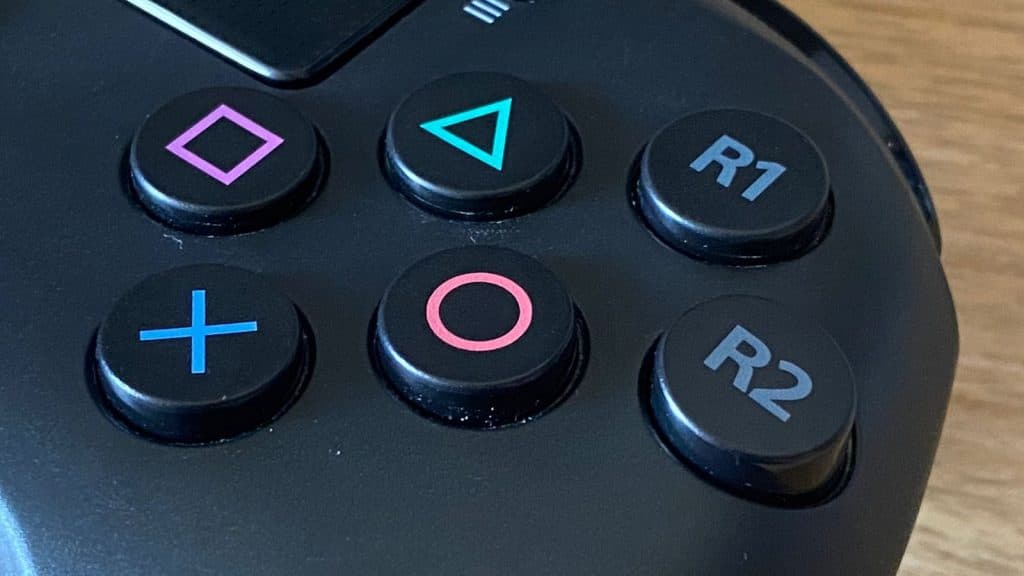 Dexerto
DexertoYou have all of the standard PlayStation buttons, including a touchpad, and the addition of a microphone mute, and function button, both of which are recessed so you don’t accidentally hit them in the heat of battle. Around the back, you have the tournament lock, which disables all the unnecessary stuff, including options, so you don’t accidentally disqualify yourself from a tournament. You also get a handy mode switcher, where you can switch between PS5, PS4, and PC in a flash.
The D-pad feels great, with a standard rubber membrane, with easy access to circular inputs. The D-pad also has an Octagonal gate, with a short throw, allowing for quick and easy motions.
Features
The HORI Fighting Commander OCTA also has the HORI Device manager, which is accessible on PC. This will allow you to create unique profiles for the controller, with bespoke button mapping and D-pad sensitivity. However, it’s relatively barebones and has a tendency to connect and disconnect your device when you are saving your changes, which is our only gripe with the software suite.
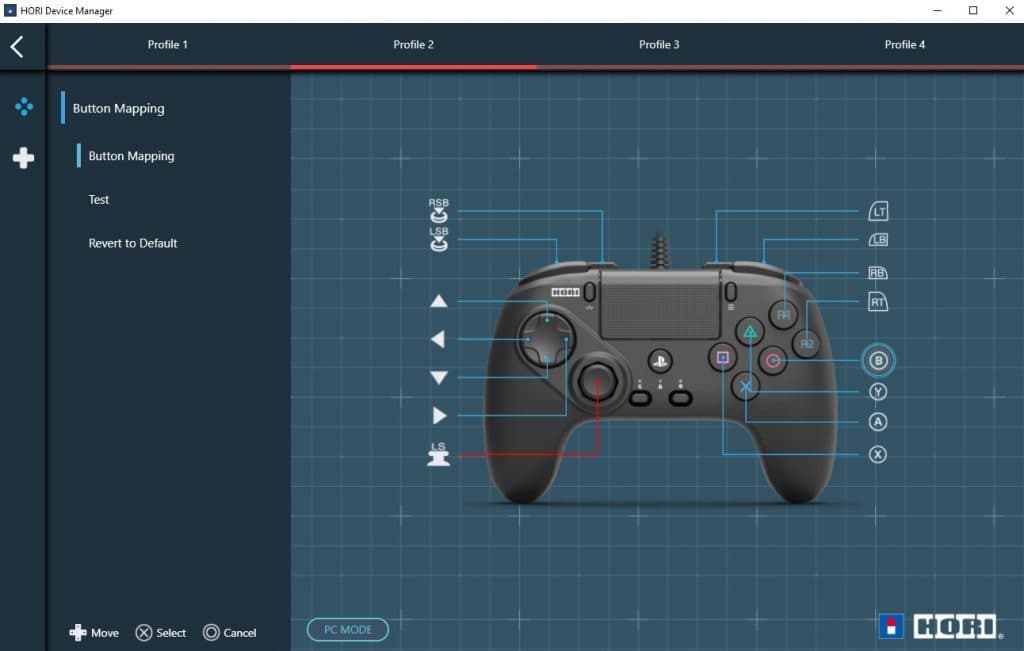 Dexerto
DexertoWe managed to create and save a profile successfully, and all of our preferred button mappings were saved onto the controller. It would have been nice to have the ability to switch profiles on the controller itself, without having to plug it in.
Outside of that, the business end of this controller is really in the D-pad, and it felt absolutely fantastic to use, especially when using characters that require circular motions, which can be a bit more difficult on a traditional D-pad. The gated stick is also a nice touch, and also allows for gated inputs, and riding the gate, and we found very few issues with using it in fighting games.
The microswitch buttons also feel fantastic, and the tournament locking allowed us to keep playing our games without fear of uninstalling the game after we got perfected in online matches of Street Fighter V on PC.
Gaming performance
Once you connect the HORI Fighting Commander OCTA up to your device of choice, it’s immediately recognized by both the PlayStation 4 and PlayStation 5. We booted up Street Fighter V as our first title to test and immediately hurtled towards Ryu, a shoto character that requires quarter-circle inputs, and the slightly more difficult forward-down-forward of the Shoryuken. We managed to pull it off without any trouble at all on the D-Pad, with the analog stick performing similarly.
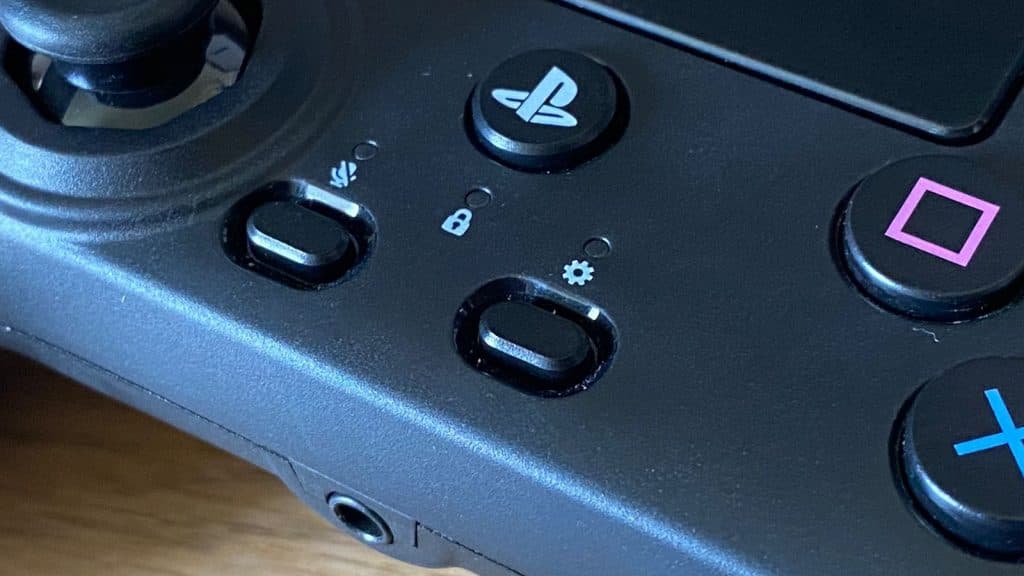 Dexerto
DexertoWe detected no lag when executing any special moves or combo strings, and we managed to pull it off with ease. When testing another character, Guile, who predominantly uses charge inputs like back, then forward for a Sonic Boom, we were able to execute them a little tougher using this D-Pad. But, we’re putting this down to our own execution, rather than an issue of the controller. Equally, using the analog stick was easy, thanks to its short throw, and it was fairly easy to pull this special move off.
Where the HORI Fighting Commander OCTA really comes into its own is when using characters that require half-circle or multiple full-circle motions, such as Zangief’s Bolshoi Russian Suplex. We were able to spin the D-pad multiple times, followed by the punch input. It came out with no problem on both the analog stick and the D-pad.
Moving over to dynamic fighting games like Guilty Gear XX: Accent Core Plus R, we were able to pull off Roman Cancels, airdashes, and more with the utmost of ease. While in Tekken, the six-button layout allowed us to assign a couple of combination inputs to the R1 and R2 buttons, which allowed us to perform combos that little bit easier.
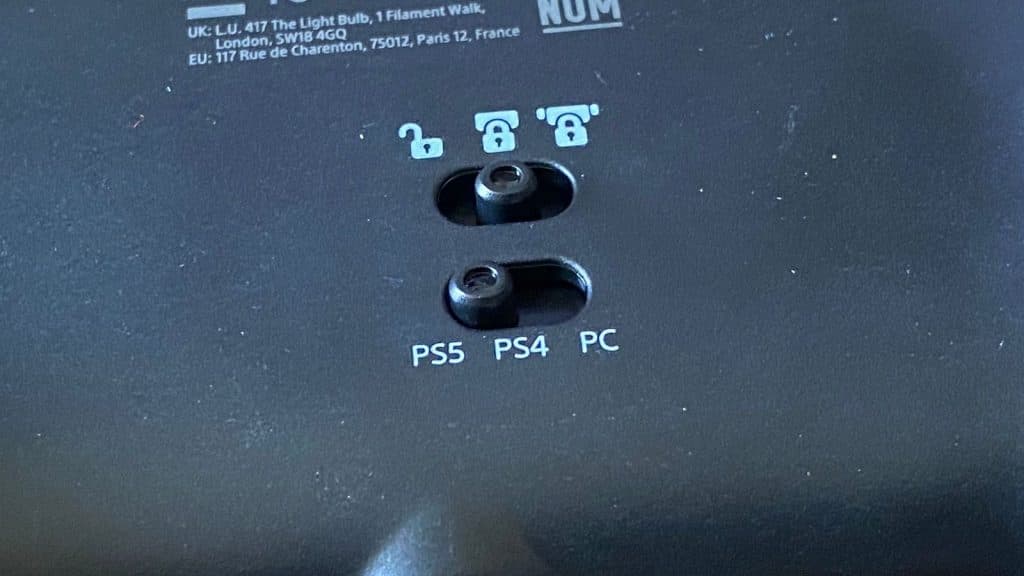 Dexerto
DexertoWhen gripping the device like a normal controller, it was really simple to adjust to the six-button layout, with each button feeling fantastic to press. However, when attempting to tap on the buttons with multiple fingers, as you would with an arcade stick, we found that the right-hand grip allowed us to wrap our thumb around it, and tap away at the buttons with little issues.
It’s an exceptional controller for fighting games, and offers something a little bit smaller than an arcade stick, but with the fantastic tactile feeling without any issues.
Should you buy it?
If you are looking for a tournament-grade controller with all the bells and whistles that affords, like a locking function, with a great D-pad that is further beyond anything that you could expect on the likes of a Dualsense, then you’ll love the HORI Fighting Commander Octa. The tactile buttons meant that every single press felt great, and the short throw of the analog stick means that you’re not going to be making many execution errors at all.
The rigidity and finish of the controller isn’t the most premium thing we’ve ever used, but it’s certainly utilitarian and is finished off to a very high standard, compared to other controllers that we’ve used in the past. If you do not need the touchpad or PS5 compatibility, you could save yourself a few bucks by opting for the Xbox version, which will also work just fine on PC, and is slightly cheaper.
8/10
We only wish that HORI opted to use a hall-sensing analog stick, which does not degrade over time like many other analog sticks. Outside of that, you’re getting an extremely accomplished controller, that will see you through the many inevitable fights to come.
If you click on a product link on this page we may earn a small affiliate commission.